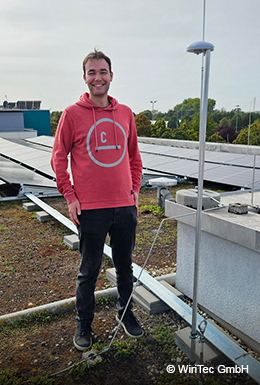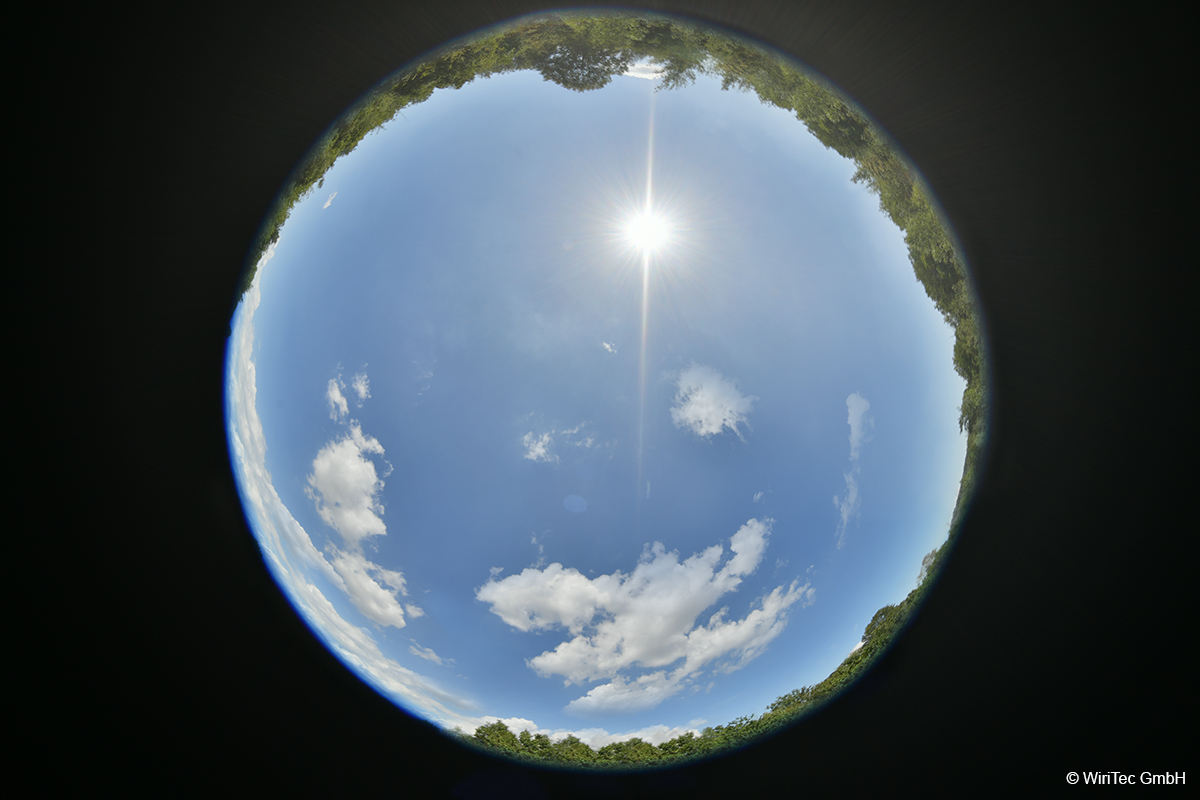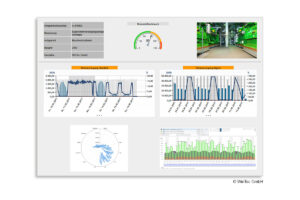It’s a grey morning in southern Hesse. The first rays of sunlight are pushing through a drifting veil of clouds. High above, on the rooftop of a building, a camera hums quietly. It’s not there to monitor people—but clouds. More precisely: their movement, their structure, and the subtle changes they carry. Because here, where weather data, photovoltaic panels, and algorithms meet, a small piece of the energy transition is quietly unfolding.
The camera is part of a research system developed by WiriTec GmbH, a company specializing in energy management solutions. The goal: to help businesses better align their production processes with the fluctuating availability of renewable energy sources. Behind it lies a practical need—both economic and environmental.
The problem with perfect timing
Solar power is no longer some futuristic dream—it’s a reality, already installed on countless corporate rooftops. But as clean as this energy is, it doesn’t come at the push of a button. When the sun shines, electricity flows. When clouds roll in, the source dries up. For businesses that rely on continuous operations, that’s a serious issue.
“In Germany, we face the paradox of often generating more electricity than we can use on sunny days, while on others, we can barely cover demand,” says Adrian Merkel, Managing Director of WiriTec GmbH. As a result, valuable energy often goes unused—or has to be stored at high cost. But production processes can only adapt flexibly if you know how much power will be available, and when.
Artificial intelligence meets weather science
That’s where WiriTec’s innovative solution comes in. As part of a research project, they’ve developed a kind of short-term solar power forecast using sky-facing cameras, local weather stations, and sophisticated AI algorithms. The cameras capture images of the sky at short intervals. The software then analyzes cloud movement patterns, light intensity, and other variables. Classical weather data—like wind direction, temperature, and humidity—completes the picture.
The result: a highly accurate prediction of solar energy production for the coming hours—or even minutes. These insights can then be fed directly into a company’s energy management system.

From forecast to decision-making tool
What might sound abstract at first has very real, practical effects for businesses. If it’s clear that a period of strong sunlight is expected in 30 minutes, an energy-intensive process—like heating up an industrial system—can be timed to match. Conversely, if weak solar performance is expected, companies can proactively switch to other energy sources or shift to less energy-intensive tasks.
“It’s about making your processes smarter—in tune with the current weather conditions,” says WiriTec. At a time of rising energy prices and increasing climate responsibility, it’s an approach that makes sense—not just ecologically, but economically too.
Images: WiriTec GmbH




